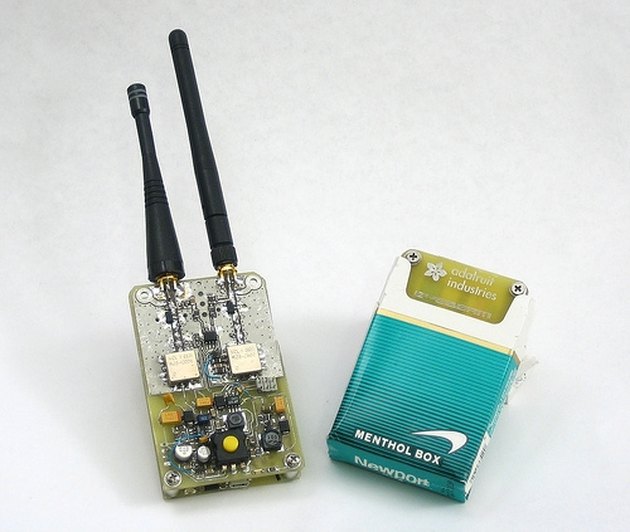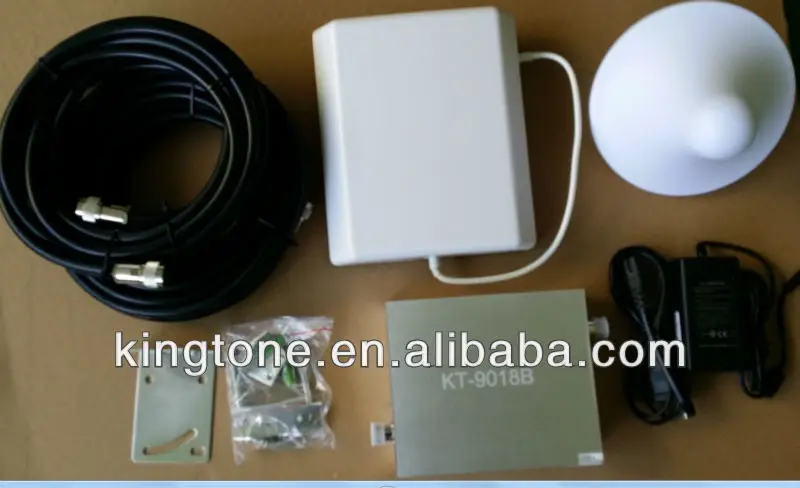
Bidirectional amps are out there, but they’re more expensive than cell boosters. It also rebroadcasts signals from inside. Remember, a cell booster doesn’t just pull in signal from outside.

The first thing you would need would be a bi-directional amplifier. So you should be able to get a wideband amplifier like this one, hook it up to a pair of inexpensive antennas, and have it work, right? Wrong. Reason 1: TechnicalĪ cell booster is just an amplifier, right? That’s the simplest way of putting it. That’s why I’m often asked, can you build your own booster? The answer is no, and there are three really good reasons why not. It’s the biggest hurdle to getting people to buy one. But, I’ll be the first to admit that there’s a cost to get a booster. If you look at a cell booster as a 5-7 year investment that improves cell service for everyone who’s in the building, it’s incredibly worth it. They also take your phone’s transmissions and pump them out more powerfully than your phone could ever do. Cell boosters take signal from outside, massively amplify it and rebroadcast it inside. That’s why every home and office should have a cell phone signal booster. The same steps we take to stop solar radiation and outside air from coming in will also stop cell signals from coming in. And, as we strive for more and more energy efficiency, the problem will get worse. The materials found in every single building block cell signals to some degree. We rely on our phones, but they don’t work as well inside as outside.

Ap| Does an indoor omnidirectional antenna even work?.




 0 kommentar(er)
0 kommentar(er)
